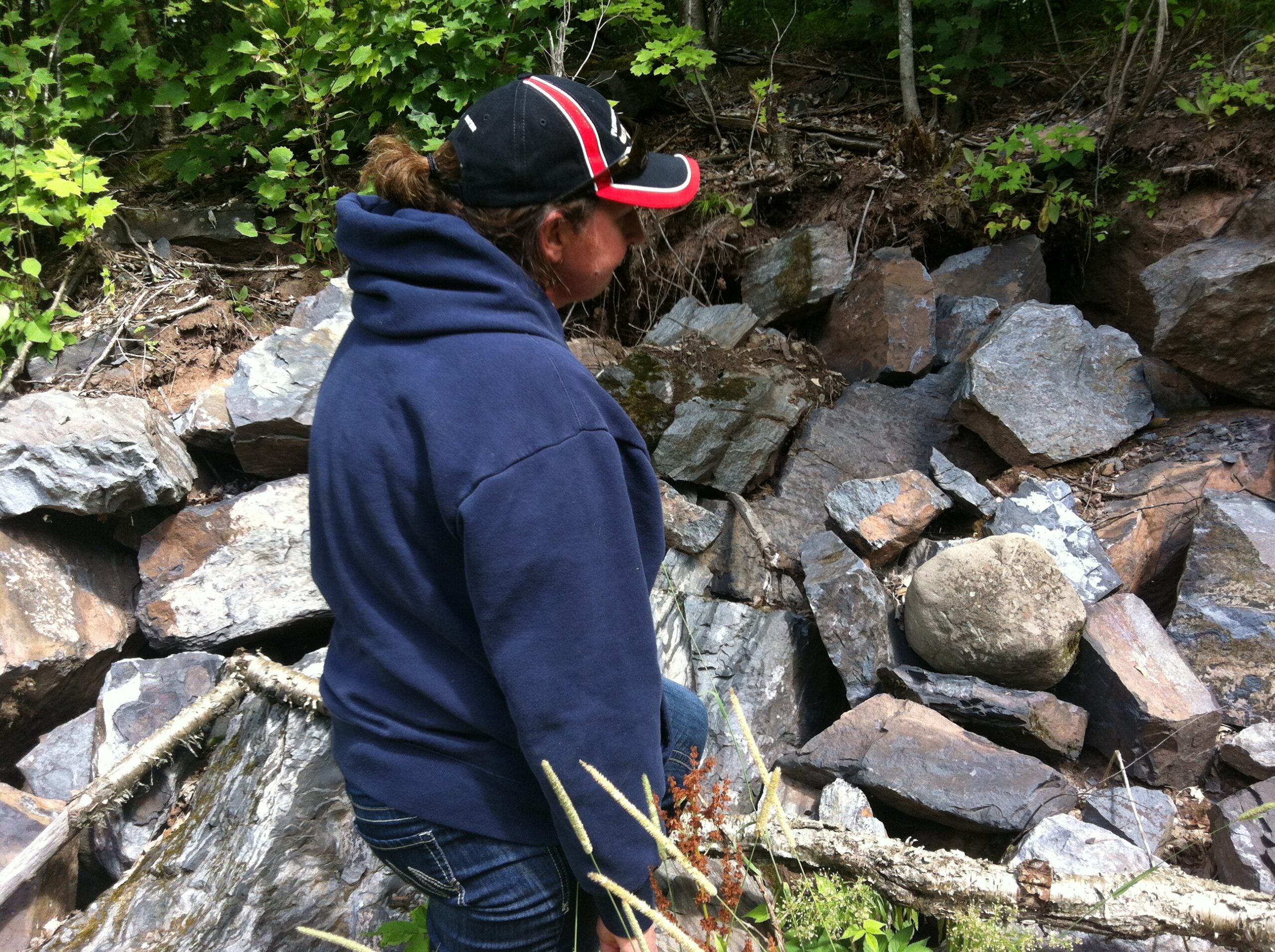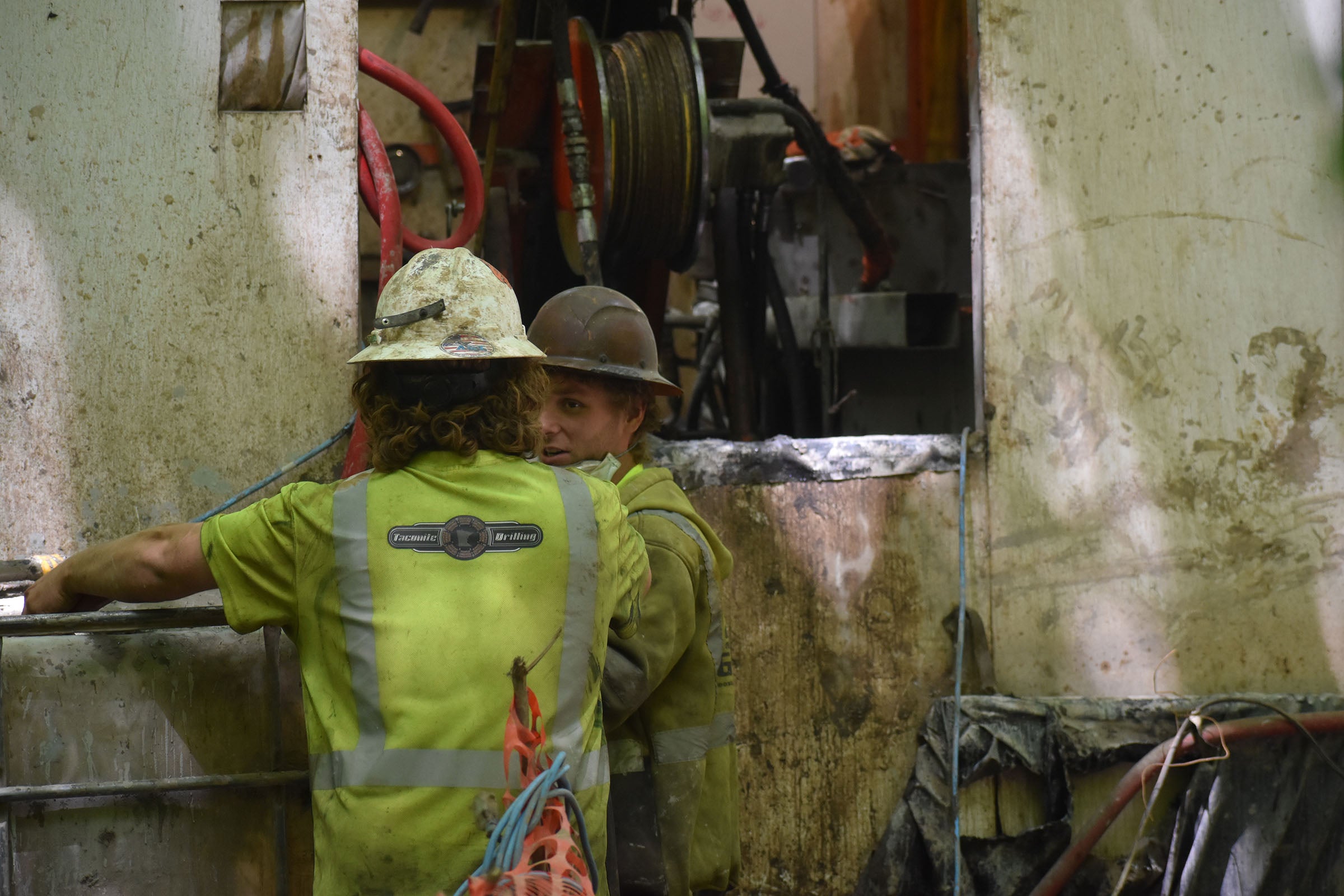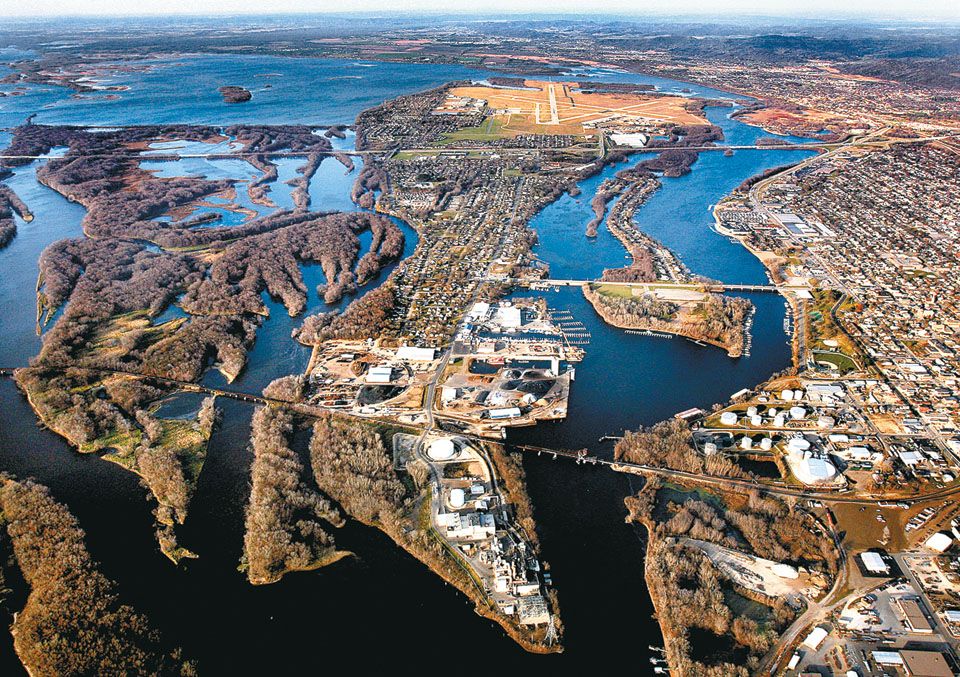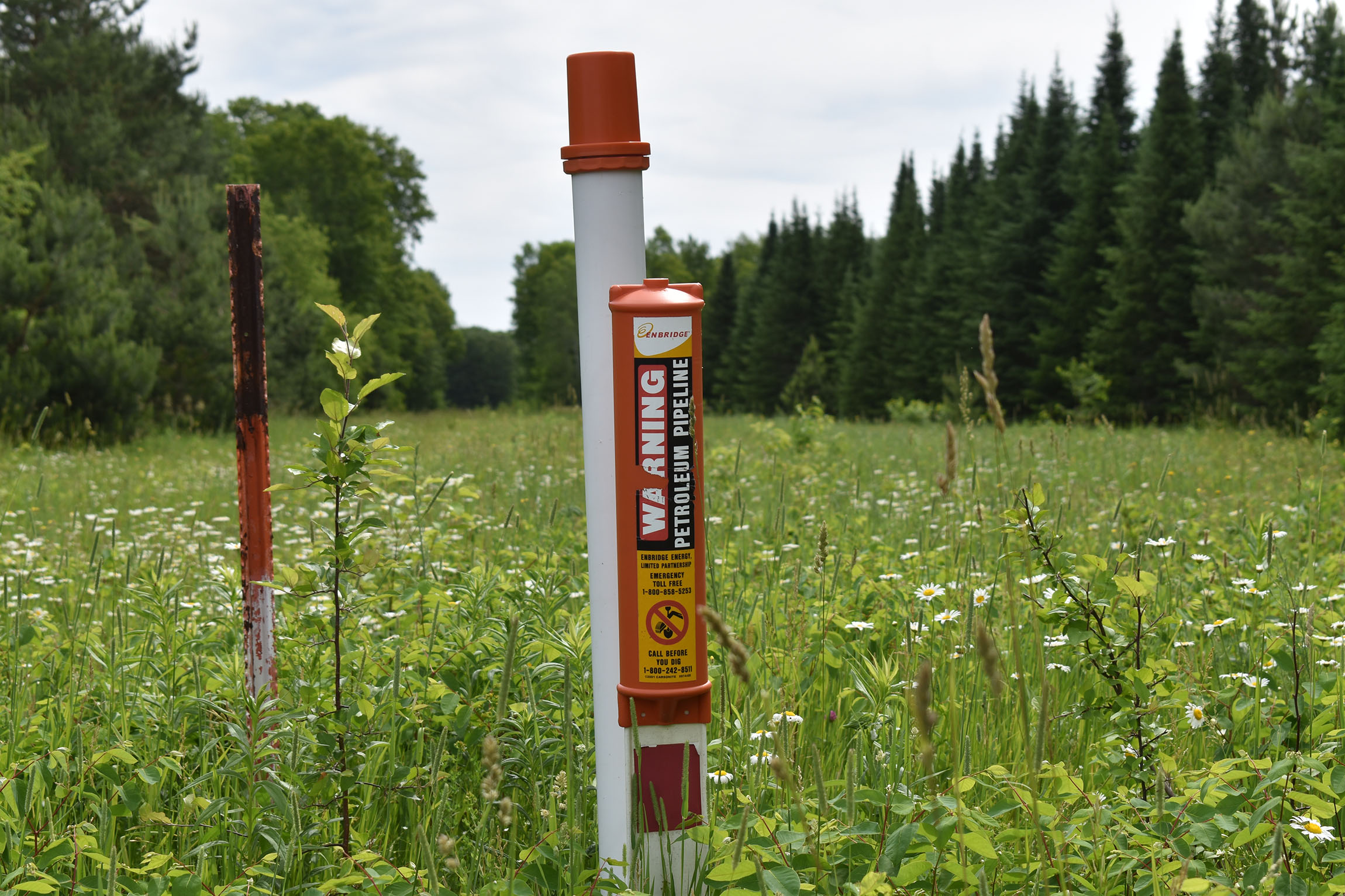The corporate owners of land that was the planned site for a now-scrapped $1.5 billion iron mine in northern Wisconsin are moving ahead with a study of minerals there. Next month, geologists from the U.S. Geological Survey will examine core samples retrieved from the Penokee Hills in the area where Gogebic Taconite proposed to mine.
According to retired USGS geologist Bill Cannon the federal agency has reached a technical assistance agreement to conduct the study with Congdon Mineral Management, Inc.out of Hibbing, Minnesota, a firm associated with La Pointe Iron, one of the landowners.
Cannon said he and three researchers from the USGS national headquarters in Reston, Va., will study samples from exploration drill cores taken years ago.
News with a little more humanity
WPR’s “Wisconsin Today” newsletter keeps you connected to the state you love without feeling overwhelmed. No paywall. No agenda. No corporate filter.
“Our work for the first part of the project, at least, will be going up to Minnesota where the cores are stored and examining and sampling the cores up there,” said Cannon. “At the present time, we don’t plan any work on the ground.”
The retired geologist said they’re working on a similar agreement with another one of the landowners, RGGS Land & Minerals. They’ll analyze the mineral makeup of cores taken from three areas along the range.
“One probably in the area where GTAC was doing exploring and then two farther west over a distance of 15 to 20 miles,” Cannon said. “The iron formation has five or six internal layers and they vary quite significantly in their mineral content.”
He said they’ll also determine whether a group of minerals called amphiboles are present and whether they contain asbestos-like fibers.
Tom Fitz, an associate professor of geoscience at Northland College, said results from recent tests at the USGS Microbeam Lab in Denver confirmed minerals like grunerite, which contain asbestos-like fibers, existed in rock samples from outcrops in the Penokees. Cannon said they’ll be conducting similar work.
“Except these would be drill core samples,” he explained. “The advantage of drill core is that it allows you to have sort of a continuous section through the layer of iron-bearing minerals.”
Northern Wisconsin officials say they are glad more research is being done in the Penokees. Iron County Development Zone coordinator Kelly Klein said it’s a positive sign.
“If there were any doubters, I think this will help and possibly make it a lot easier in the future if there is a developer who wants to build a mining project here,” said Klein.
Ashland County Board Chair Pete Russo said more study is needed, but he remains doubtful a mine could be built after Fitz’s findings of asbestos-like fibers.
“Until they can show me that they can mine that material safely, there’s no way in God’s green Earth I’d say ‘do it,’” said Russo.
Russo said health and environmental risks appear to outweigh any economic gain from mining the Penokees. But Iron County’s Kelly Klein said there’s good support for mining there and science will guide development in a safe, environmentally friendly manner.
The reservation for the Bad River Band of Lake Superior Chippewa is downstream from any potential mining development. Mike Wiggins, Jr., tribal chairman, has been an outspoken critic of any mine development. Wiggins has long said that more science is needed to determine the impacts mining would have on the region.
“To have some federal studies confirm what we already know wouldn’t be a bad idea,” Wiggins said of the USGS study but he expressed skepticism toward the landowners’ intent to seek more research.
“They’re sitting on all the core samples, and, if they want to be working in a public kind of light, they should release those core samples immediately,” Wiggins said. “They should have done that years ago to allow true science to bubble up to the surface.”
Bill Cannon with the USGS said La Pointe has granted them exclusive access to the cores over the course of their research, noting that CMMI is providing technical assistance and not funding the study. He said the agency’s findings will be shared with the public in a peer-reviewed scientific journal, which he expects will be released two years from now.
Landowners La Pointe Iron and RGGS couldn’t be reached for comment.
Wisconsin Public Radio, © Copyright 2025, Board of Regents of the University of Wisconsin System and Wisconsin Educational Communications Board.






